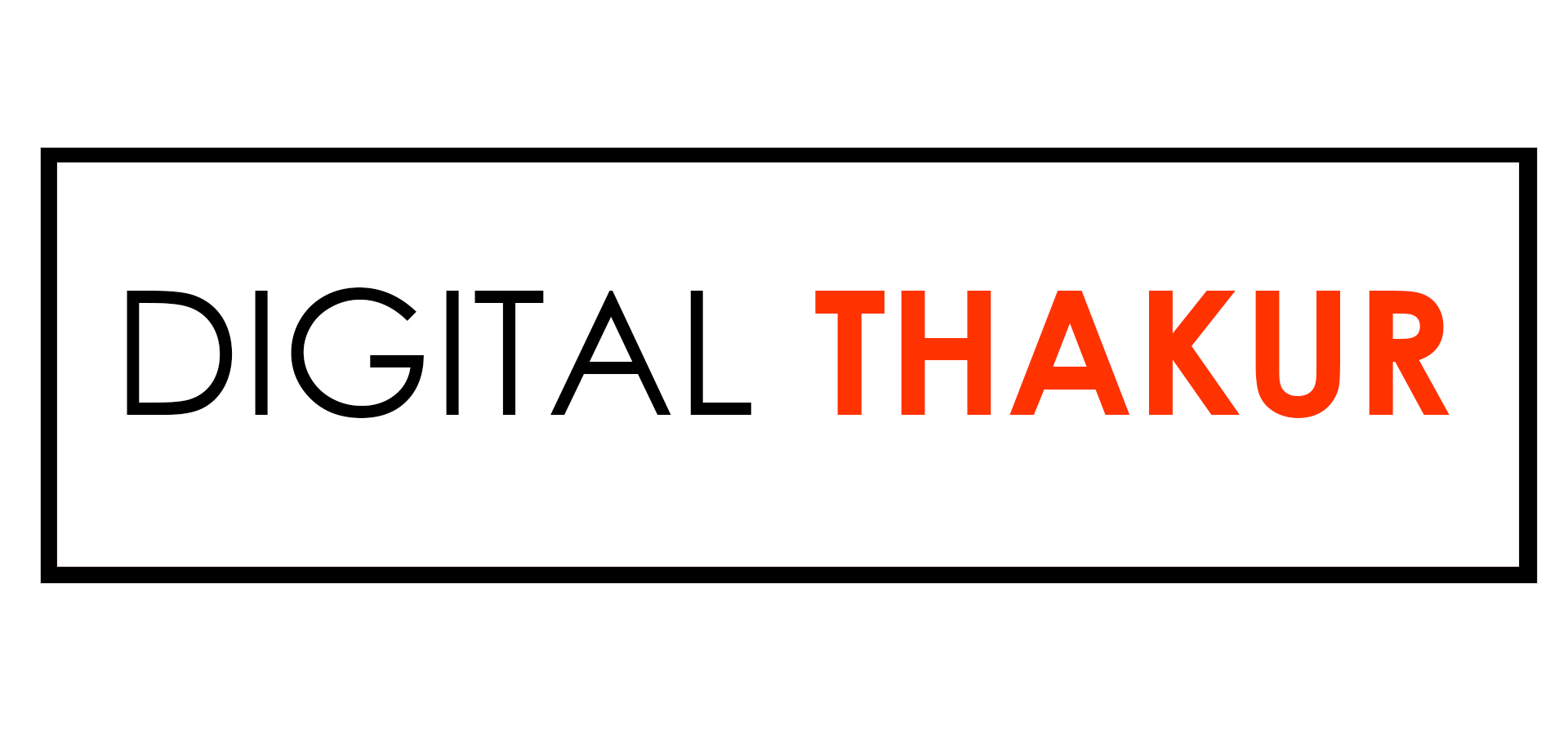
Given that Facebook has close to 2 billion monthly active users, creating a new Facebook Page for your business or simply maximising an existing one is certainly a wise decision.
It ought to be simple enough. You can anticipate leads and customers to start pouring in if you just throw together a snapshot and a few posts, right?
Wrong.
The likelihood of really producing leads and customers from a Facebook Page without a complete strategy to get seen, liked, and engaged with is quite low.
For instance, you can’t just pick any image; you need to pick one that accurately represents your business, has the necessary size, and is high-resolution.
However, it doesn’t stop there. To make sure you’re building an interesting page that makes the most of all Facebook marketing has to offer, we’ve put together the ideas below.
Tips for Facebook Business Pages
1) Avoid making a personal profile for your company.
Instead of actually creating a Facebook Business Page for their firms, many well-intentioned marketers and business owners instead build personal profiles for their brands. As a result, you lose out on all the content creation tools, paid advertising opportunities, and analytics/insights that come with a Facebook Business Page, which puts you at a severe disadvantage. Additionally, having a personal profile would make it harder for users to interact with you because they would need to send you a friend request.
Additionally, avoid creating a second public, “professional” profile linked to your company while you’re doing it. I already have a private personal profile on Facebook, for instance. The practise I’m referring to would be if I made a second, public one under the name “AmandaZW HubSpot,” or something similar. Typically, people use so to connect with business contacts on Facebook without allowing them to view personal messages or images. However, the reality remains that it is against Facebook’s terms of service to create more than one personal account.
2) Avoid using Page roles to post mistakes.
A marketer’s worst fear, according to the horror stories we’ve all heard about people who unintentionally posted personal stuff to their business’ social media accounts. Therefore, only give Facebook Business Page roles to staff who actually require them for their daily jobs in order to prevent publishing blunders like that. And before you do that, be sure you provide newcomers to social media management enough training so they won’t be perplexed about when to push “publish,” what to post, whether something should be scheduled first, and who to post as.
On your company page, select “Settings,” then select “Page Roles” to allocate them.
Additionally, be sure to share information as your brand and not as yourself when sharing it on behalf of your business. By going to your settings and selecting “Page Attribution,” you may verify that.
3) Include an identifying profile photo.
If you’re a freelancer or consultant, choose a profile photo that’s simple for your audience to recognise, such as a corporate logo for a well-known company, or a headshot of yourself. To be found and liked, especially in Facebook Search, it helps to be identifiable. The image at the top of your Facebook page, the thumbnail that appears next to your postings in people’s feeds, and what appears in search results are all examples. thus make a sensible choice.
Remember while selecting a photo that Facebook constantly modifies its picture dimensions, which you can always discover here. As of the time of publication, desktop Page profile photographs appear at 170×170 pixels and mobile ones at 128×128 pixels.
4) Pick a captivating cover image.
The next step is to choose a captivating cover photo. Make sure you use a high-quality and interesting cover photo for your Facebook page because it occupies the most space above the fold.
Remember that Facebook Page cover photo proportions are subject to regular revision, just like profile images, therefore we advise keeping an eye on the official recommendations. As of the time of publication, Page cover photographs show up at 640×360 pixels on smartphones and 820×312 pixels on laptops.
5) Include a button with a call-to-action (CTA).
The options available to businesses looking to add call-to-action buttons to their Facebook Pages have greatly increased since Facebook originally introduced the capability in December 2014. These are things like “Watch Video,” “Sign Up,” or “Book Now” — and each can be customised with a destination URL or piece of content of their choosing.
This is a great way for marketers to drive traffic from their Facebook Business Page back to their website. Check out how Mandarin Oriental uses the “Book Now” button in this way, to make it easier for viewers to make reservations. It’s a great way for marketers to drive more traffic to their websites, or to get more eyes on the Facebook content they want to promote.
The CTA you generate can then be customised to point visitors to a specific URL or piece of content already present on your Facebook Page. Simply pick “View Insights” by using the drop-down arrow on your button to gain information on how many people are clicking it.
6) Add company milestones and basic company information to your “About” section.
We’ve reached the ‘About’ portion of your Facebook page, one of its most crucial aspects.
Despite the fact that visitors no longer receive a preview of your “About” text when they arrive on your website—instead, they must select the “About” option in the left-hand column next to your content—it is still one of the first places they’ll look when attempting to learn more about your page.
However, there are numerous alternatives for copy to add even within the “About” area. Think about adding succinct, descriptive language to the part that best represents your brand, such as a general description, goal statement, company profile, or your story. By doing this, your audience will be able to learn more about your Page before deciding whether or not to Like it.
You could also wish to fill out parts that let you keep track of achievements and honours, like when you introduced highly-liked goods and services, as well as the day/year your business was started or when you had significant events.
7) Upload images and video to your Timeline.
Any internet presence, including social media outlets, now pretty much has to have visual content. After all, compared to other sorts of material, it is 40X more likely to be shared on social media.
While images are a great method to document events and give customers a real glimpse of your company, you should probably devote more time and money to creating videos. Video was identified as the “primary disruptor” in the 2017 State of Inbound report, with 24% of marketers ranking it as a major priority.
Facebook allows companies to include “Watch video” as one of the CTAs to their Pages for a reason: it’s one of the most often used methods of content consumption. However, it goes beyond pre-recorded videos. People watch a Facebook Live video on average more than three times longer than a video that is no longer live, per the newsroom of the social media platform. Therefore, don’t be hesitant to provide viewers a real-time glimpse into what your company performs, but do so only after making sure you’re ready.
Not sure how to make your videos look? Here’s an entertaining one about business jargon that we put together.
8) Choose the best time and frequency for posting.
How often and when you post on Facebook should be a key factor in your content strategy. If you don’t update your Facebook Page regularly enough, you won’t come out as trustworthy or genuine. After all, how much trust would you place in a company that hasn’t posted on its page in a few months? But if you post too frequently, folks could become tired of seeing your information all over their feeds.
A social media editorial calendar can be especially useful in this situation. It can help you create a plan for when you share specific posts depending on the time of year or overall popularity, much like any other online content. Since you’ll want to verify the effectiveness of your updates in your Facebook Insights, you’ll probably need to adjust your calendar a few times, especially in the first stages of setting up your Page (which you can navigate to via the tab at the very top of your page). You can adjust your posting frequency and approach once you’ve noticed the most popular times and other metrics for your first few posts.
Are you unsure of the posting schedule? Either the Facebook interface directly, or an external posting tool like the Social Inbox built within HubSpot software. For the latter, select “Schedule Post” by clicking the arrow next to the “Publish” option.
9) Use the targeting options on Facebook.
You can segment individual page postings on Facebook by gender, relationship status, educational attainment, age, geography, language, and interests to target particular audiences with particular updates.
You can set metrics for a preferred audience as well as one you believe might not want to read your content by simply clicking the small bullseye icon on the bottom of the post you intend to publish.
10) Pin significant postings to the page’s top.
Older postings are pushed further down your Timeline when you publish fresh content to your Facebook Page. But occasionally, even after you make new updates, you might want a certain piece to remain at the top of your website for longer.
Facebook provides the option to “pin” individual posts to the top of your page in order to address this issue. Use pinned posts to advertise things like fresh lead-generation deals, upcoming occasions, or significant product releases.
To pin a post, select “Pin to Top” by clicking the drop-down arrow in the top-right corner of the post on your page. It will then be flagged with a tiny bookmark and shown at the top of your page. Just remember that there can only ever be one pinned post at a time.
11) Choose if you want followers to message you privately on Facebook.
Enable the messaging function if you want your Facebook admirers to be able to privately message you through your page. To do this, go to your settings, select “General” from the left-hand column, and then select “Messages” from the list of options that appears.
To make it as simple as possible for your fans to contact you, we advise enabling messaging on your page. However, only do this if you have the time to check your messages and reply to them. If you don’t want your Facebook Page to imply that you’re sluggish to respond to messages, you might just want to forego enabling that option. Facebook Pages now have a section that reveals how quickly a brand responds to messages.
12) Pay attention to and reply to comments left on your page.
Don’t overlook comments when keeping an eye on how your fans interact with your page. Through the ‘Notifications’ option at the very top of your page, you can keep an eye on and respond to comments. Even if it might not always be necessary to reply to every comment, you should absolutely keep an eye on the discussions taking place there (especially to be abreast of any potential social media crisis).
13) Spread the word about your page to get additional fans.
It’s time to advertise your page like crazy now that you’ve loaded it with content. Making an advertisement for your Page is one of the first things you can do. To accomplish that, pick “Create Ad” from the menu by clicking the three dots above your posts in the top menu bar. Facebook will then allow you to begin building an ad from fresh based on your objectives, such as reach, traffic, or overall brand awareness. After making your selection, scroll down and press “continue.”
The next step is to select your targeted audience (just like you did with your promoted posts above), the location on Facebook you want it to appear, and your budget. You can read more about how to pay for Facebook Ads here.
Additionally, you’ll probably be asked to submit some original content or material. Keep in mind that you’re paying for this, so pick something eye-catching that also has good quality and accurately portrays your business.
14) Assess the effectiveness of your Facebook marketing initiatives.
This phase can be carried out in a few different ways. You may track engagement metrics related to Facebook using tools like the social media reports feature in your HubSpot software and by exploring your Page’s insights. The demographics of your Page audience and, if you achieve a specific threshold, the demographics of those engaging with your page and posts, may both be examined here. The latter is very beneficial for changing your Facebook content strategy so that you publish more of what works and less of what doesn’t, as we previously said. The tab at the top of your page will take you to your Facebook Page Insights.
Conclusion:
Utilize Hootsuite to manage all of your social media profiles, including your Facebook Business Page. You may plan posts, interact with followers, keep track of pertinent conversations, evaluate performance, and much more from a single dashboard.






